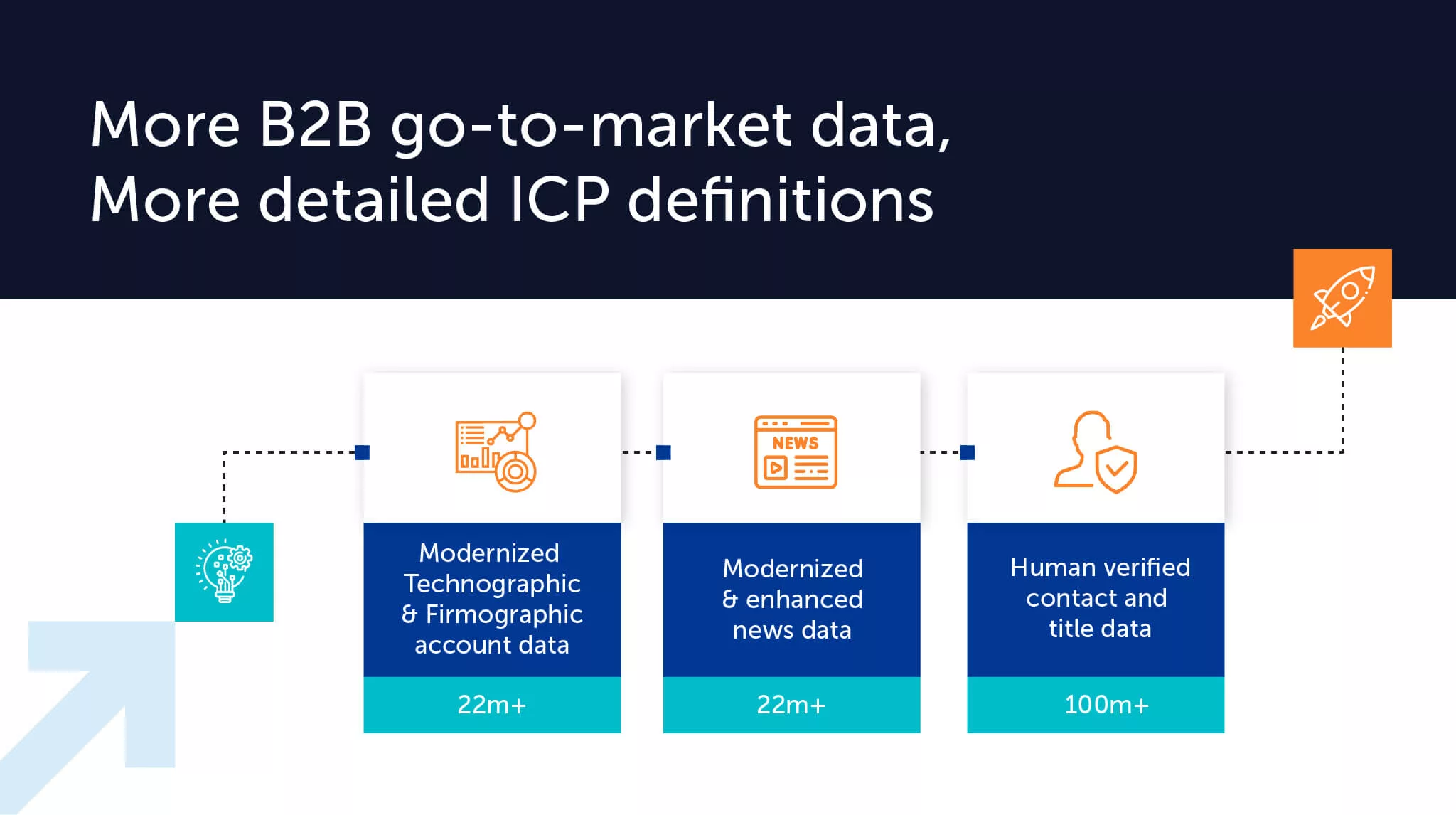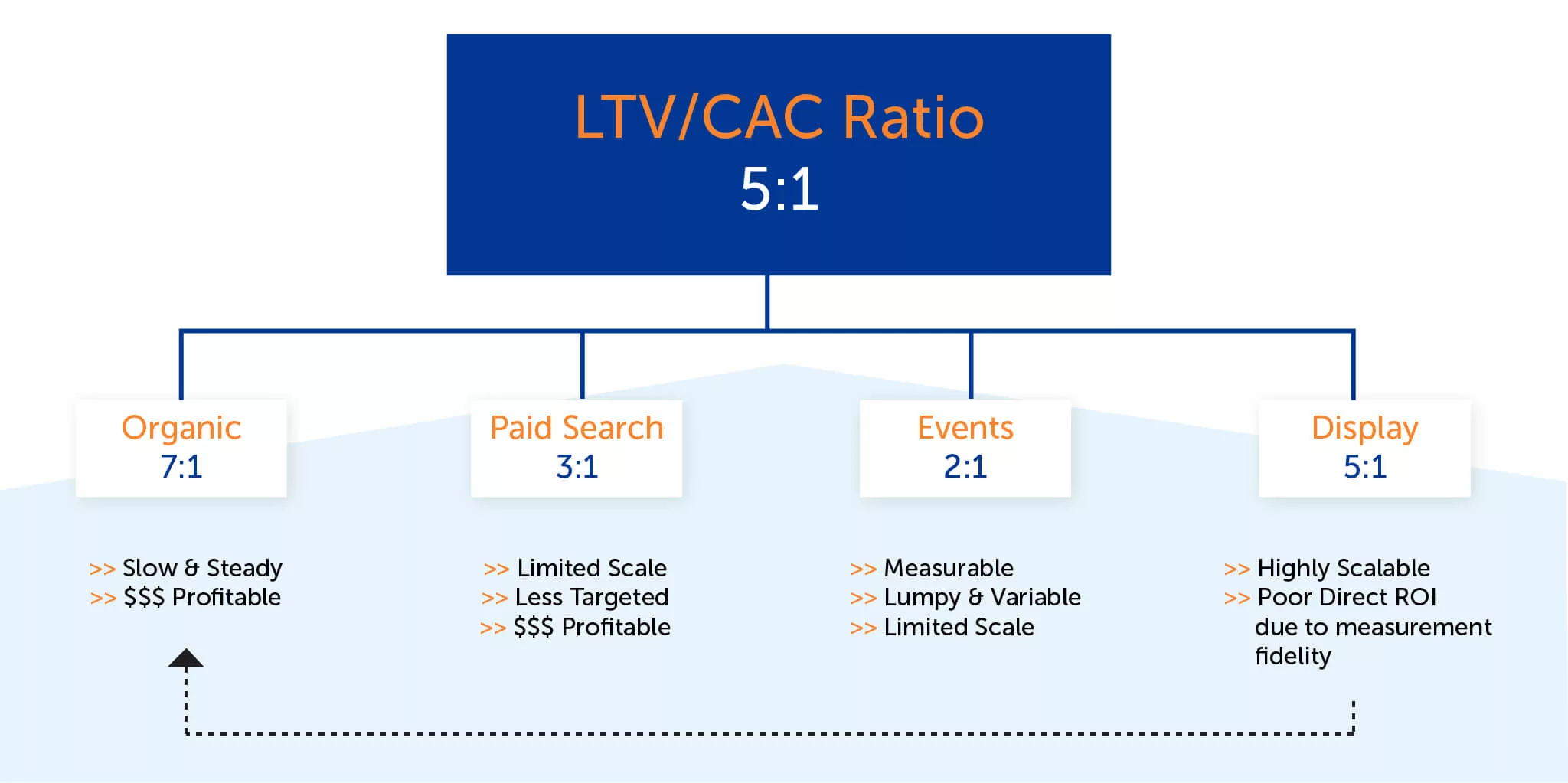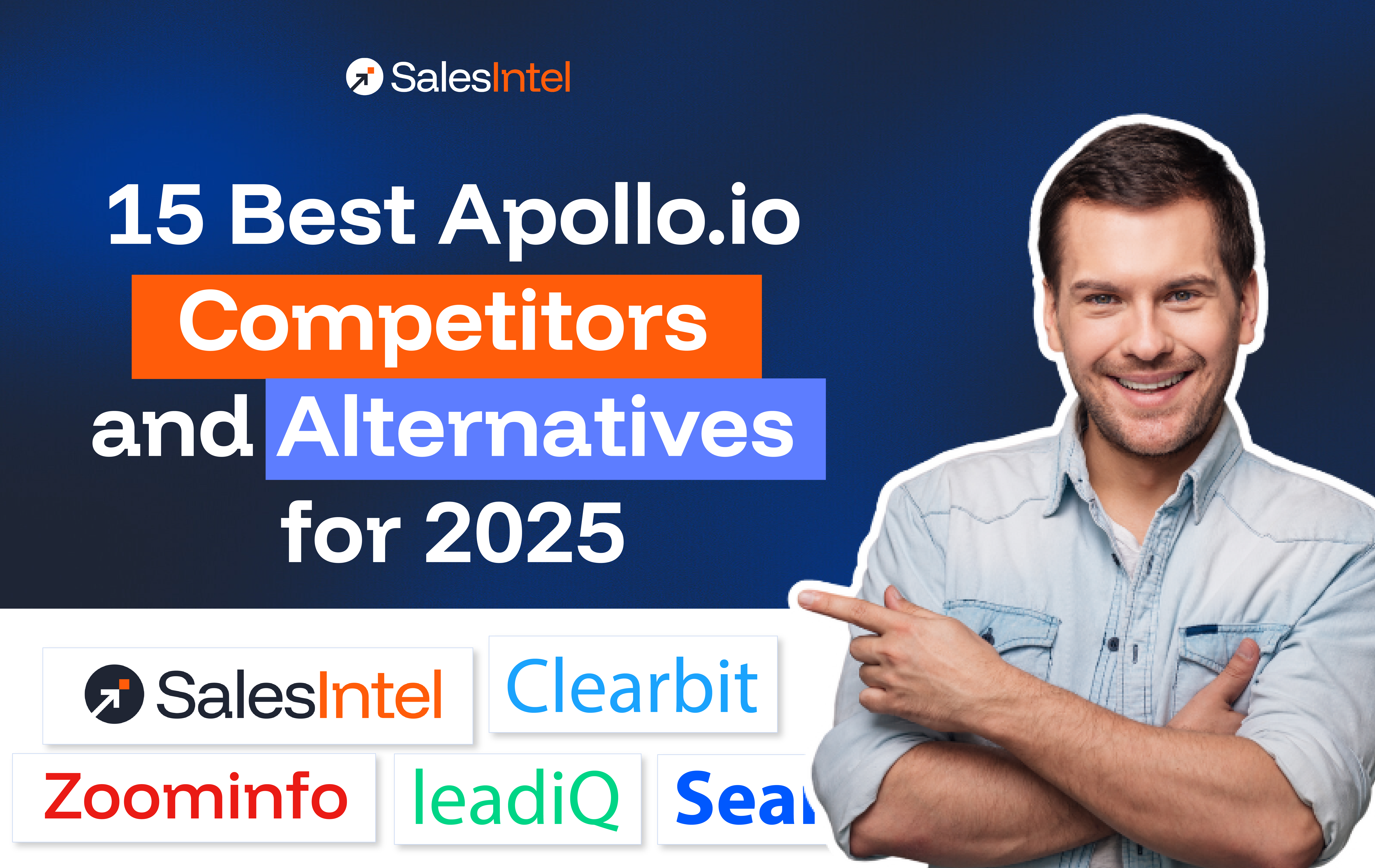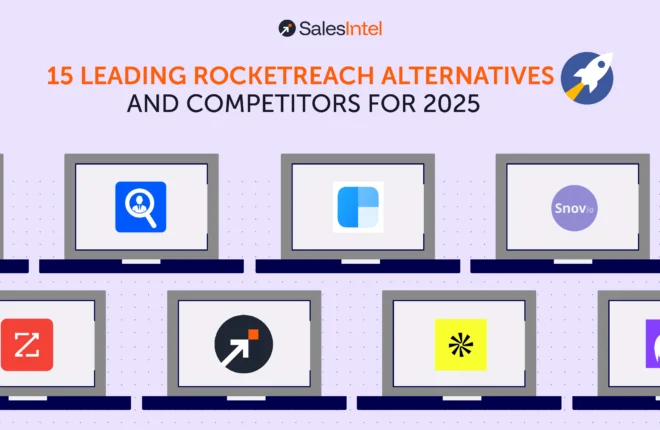As marketing leaders, we often find ourselves navigating the challenging landscape of justifying ad spending to our CFOs. The age-old debate of whether marketing efforts genuinely contribute to the bottom line can leave us feeling like we speak a different language.
But fear not, my fellow marketers! In this blog, we’ll delve into five powerful paid ad tactics that not only align with your CFO’s financial mindset but also help you unleash the full potential of your marketing campaigns.
So, let’s equip ourselves with these CFO-friendly paid ad tactics and embark on a journey of marketing success that speaks the language of business and secures the support and admiration of our financial counterparts!
1. Earn Before You Buy
Yes, “earn before you buy” – understand your customers, test your messaging, and refine your approach before investing in paid advertising.
To ensure a successful paid ad strategy, start by understanding your ideal customer profile (ICP) and target personas. Utilize various data sources and tools for account-based marketing to identify and define your audience precisely.
When it comes to precisely identifying and targeting your ideal customers, tools like SalesIntel are invaluable. SalesIntel provides access to a wealth of data such as technographic, firmographic, and intent data. Leveraging this information allows you to build a well-defined customer profile and reach the right people within your target accounts. This proactive approach ensures that your marketing efforts are tailored directly to the right people, maximizing efficiency and reducing wasted resources.

Once you have a well-defined ICP and personas, the next step is to test your messaging and content with your target audience. This testing phase is critical because it allows you to refine your approach before investing significant resources in advertising campaigns.
Consider engaging with your audience through various channels, such as email marketing, social media, webinars, or industry events. Observe the response rates, the level of engagement, and the feedback received. This data-driven approach provides valuable insights into what resonates with your prospects and helps you optimize your messaging.
By earning engagement and interest before investing heavily in advertising, you’ll be better prepared to deploy your paid strategy effectively. While the “earn before you buy” approach may take time, it is a necessary step for long-term success. Nurturing leads and building relationships can increase customer loyalty and word-of-mouth referrals, which are invaluable in the B2B world.
2. Leveraging Search Engine Marketing (SEM)
Paid search, a crucial component of SEM, allows you to capture high-intent leads actively searching for products or services like yours. It is a powerful tool at the bottom of the funnel when potential customers are interested and looking for solutions to their needs. However, it’s essential to be aware of the limitations of search engine marketing, especially in the B2B context, where relevant search volumes can be limited.
To optimize your SEM efforts, segment your campaigns into three categories: brand terms, popular terms, and long-tail keywords. Brand terms capture potential customers already familiar with your brand, providing an opportunity to reinforce your value proposition and maintain brand visibility. Popular terms target specific product or service-related searches, helping you reach an audience actively seeking solutions. However, caution is necessary with long-tail keywords, as they can lead to false positives and wasted ad spend.
By continuously monitoring and refining your SEM campaigns, you can strike the right balance between lead generation and cost efficiency, allowing you to capture high-quality leads while managing your budget effectively.
3. Building Your Brand with B2B Display Advertising
Building brand awareness is essential, particularly when introducing a new product or targeting a niche market in the B2B sector. B2B display advertising can effectively nurture leads and create demand among your target audience. However, measuring the direct ROI of scaled display advertising can be challenging.
For display advertising to work, adopt a blended attribution approach, looking beyond clicks to understand how ads impact your target audience’s buying journey. Educate your CFO and sales team on the importance of nurturing leads and building brand recognition, even if direct conversions may take time.
Consider utilizing programmatic advertising, which offers highly targeted and cost-effective ad placements. Programmatic ads leverage data and automation to reach specific audiences, allowing you to scale your brand impact efficiently. You can maximize your reach and overall marketing efficiency by combining programmatic with other paid ad tactics.
4. Retarget with Intent
In addition to using B2B display ads for building brand awareness, another powerful mechanism in the market allows you to differentiate between display for branding and display for harvesting demand – much like search. The key to this tactic is leveraging intent data to segment your strategy effectively.
Intent data can be obtained from various sources, such as Bombora intent data, SalesIntel, news data, or your CRM. When you can identify intent signals within ICP, you can determine whether you should focus on building brand recognition or capturing leads actively looking for solutions.
By understanding the intent of your target audience, you can tailor your display advertising approach accordingly. For example, suppose a prospect shows strong buying intent and is likely in-market. In that case, you may deliver a bottom-funnel, direct response ad, offering them a special pricing strategy or other incentives. On the other hand, for prospects in the early stages of consideration, you can engage them with webinars or content that helps build a relationship and understanding of your brand.
Integrating intent data into your B2B display advertising strategy allows you to be more precise in your targeting, ensuring that your ads reach the right audience at the right time. This approach can significantly improve your display campaigns’ overall effectiveness and increase lead generation and conversion rates.
5. Speak the CFO’s Language
One of the most critical aspects of working effectively with your CFO or finance team is to speak their language and provide clear, actionable insights into your marketing efforts. One powerful metric to achieve this is the LTV (Lifetime Value) to CAC (Customer Acquisition Cost) ratio.

The LTV to CAC ratio is a straightforward and effective way to demonstrate the financial health of your marketing initiatives. The LTV represents the value a customer brings to your company over their lifetime, often calculated on an annual basis. Conversely, the CAC measures the cost of acquiring a new customer, including sales team commissions, software costs, and other expenses related to lead conversion.

To maintain a healthy business, it’s crucial to ensure that your LTV to CAC ratio is favorable, ideally around 5:1 or higher. A ratio of 5:1 means that for every dollar spent on acquiring customers, you expect to generate five dollars in lifetime value from those customers.
Using the LTV to CAC ratio, you can align with your executive team on the value generated by your marketing efforts and the acceptable level of customer acquisition costs. It also helps make strategic decisions, such as increasing or decreasing spending on specific channels based on their performance in contributing to the overall LTV to CAC ratio.
For instance, display advertising campaigns, while not always directly attributed to conversions, can significantly impact brand recognition and contribute to lead generation through other channels. By showcasing the contribution of display advertising to the overall LTV to CAC ratio, you can justify the investment in these branding initiatives.
In summary – the LTV to CAC ratio serves as a source of truth for your marketing team and facilitates productive conversations with the finance department. It enables you to focus on scaling effective marketing strategies, making data-driven decisions, and effectively communicating the financial impact of your marketing efforts.
Tying It All Together
In B2B advertising, a comprehensive approach combining programmatic reach and intent data is crucial. By leveraging programmatic advertising, businesses can achieve cost-effective brand building and capture their target audience’s attention. At the same time, intent data enables segmentation, allowing marketers to tailor their display campaigns to cultivate brand awareness or harvest demand.
To measure success accurately, marketers must adopt a view-through value perspective, acknowledging the indirect impact of display ads on lead generation and conversions. Retargeting with intent further enhances engagement by delivering personalized messages to prospects based on their demonstrated interests.
Additionally, bridging the gap between marketing and finance through the use of the LTV to CAC ratio enables marketers to demonstrate the long-term value of their campaigns and secure support for strategic initiatives. By integrating these five key strategies, B2B paid ads can become a potent tool for driving brand recognition, demand generation, and sustainable business growth.
To maximize the effectiveness of B2B advertising and take advantage of intent data, I recommend trying SalesIntel’s free trial. Our comprehensive platform provides access to high-quality intent data and firmographic information, empowering marketers to reach the right audience precisely and confidently.
Join countless successful marketers who have already unlocked the potential of intent data to drive brand growth, increase lead generation, and achieve remarkable ROI.




